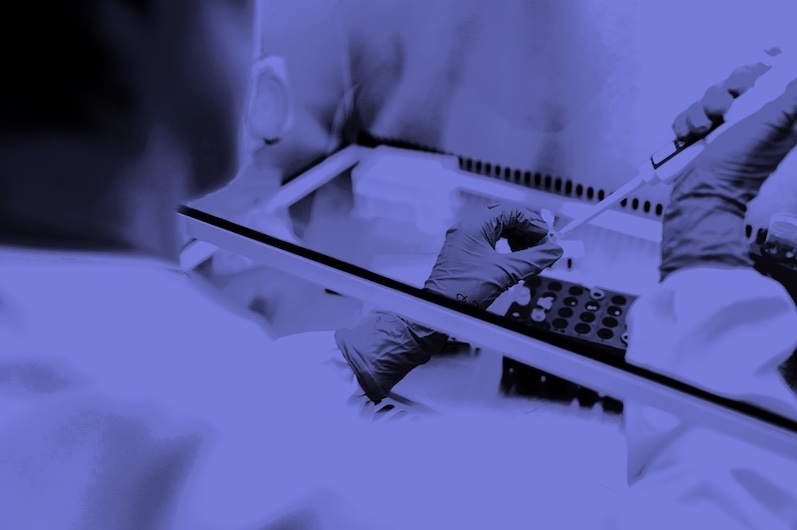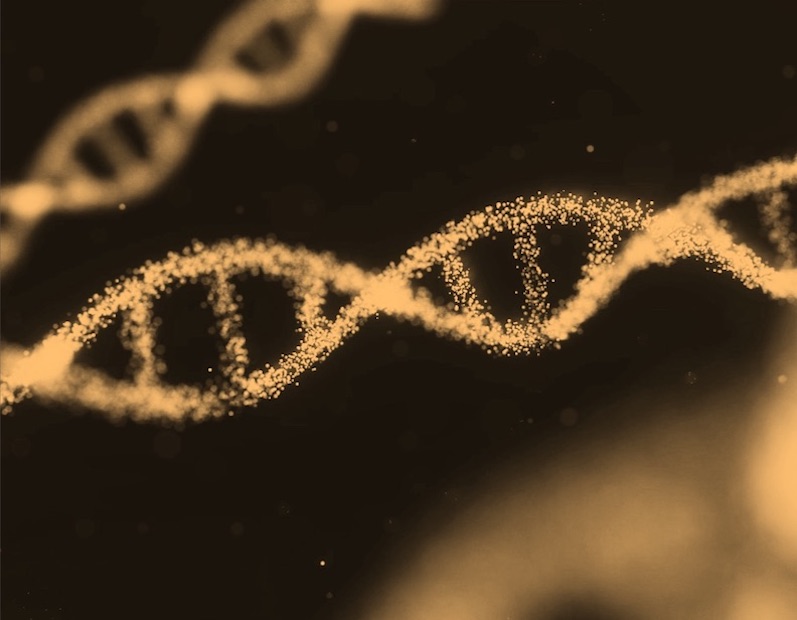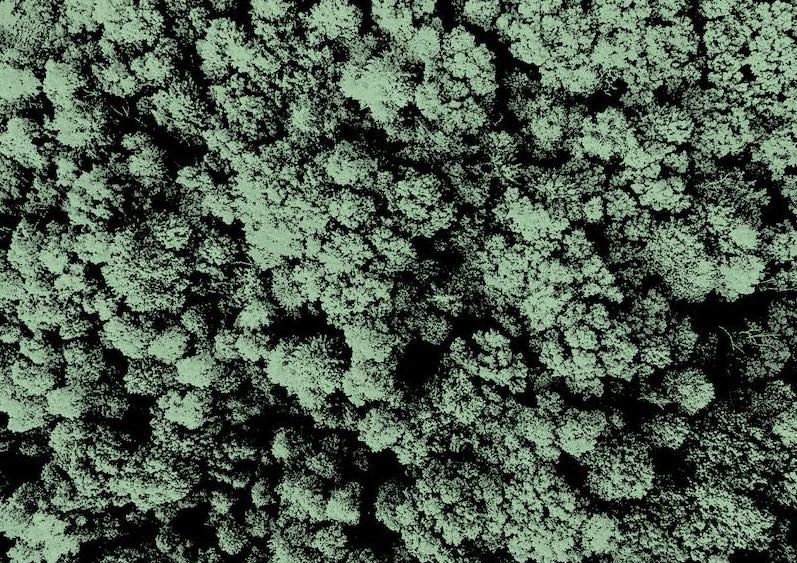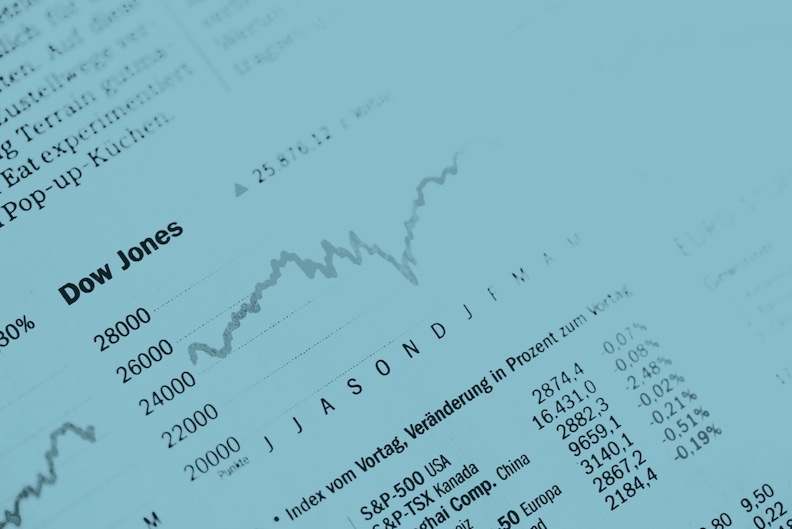What is it about?
Gold nanoparticles have different uses in various industries, including medicine and pharmacology. This study explores a green, eco-friendly way to make nanoparticles using proteins from bacteria. By testing different conditions like temperature, acidity, and gold concentrations, the study found the best and optimum conditions required for the formation of nanoparticles using bacteria proteins. While effective, the process needs refinement to produce more uniform particles, paving the way for future advancements.
Featured Image

Photo by Pierre Bamin on Unsplash
Why is it important?
This study uniquely uses purified ABC transporter proteins from Thermus scotoductus SA-01, expressed in both mesophilic (E. coli) and thermophilic (T. thermophilus) hosts to biosynthesise gold nanoparticles under varying conditions. It highlights how these external conditions and host type significantly impact nanoparticle formation, offering insights into optimising gold nanoparticle formation.
Perspectives
This publication is an innovative step toward eco-friendly nanotechnology, combining biology and chemistry to create gold nanoparticles. The study is a valuable contribution to nanoparticle production.
Dr Oladayo Amed Idris
North-West University
Read the Original
This page is a summary of: Biogenic synthesis and characterization of gold nanoparticles using transformed mesophilic Escherichia coli BL21 and thermophilic Thermus thermophilus HB27, Biologia, July 2024, Springer Science + Business Media,
DOI: 10.1007/s11756-024-01733-2.
You can read the full text:
Contributors
The following have contributed to this page







